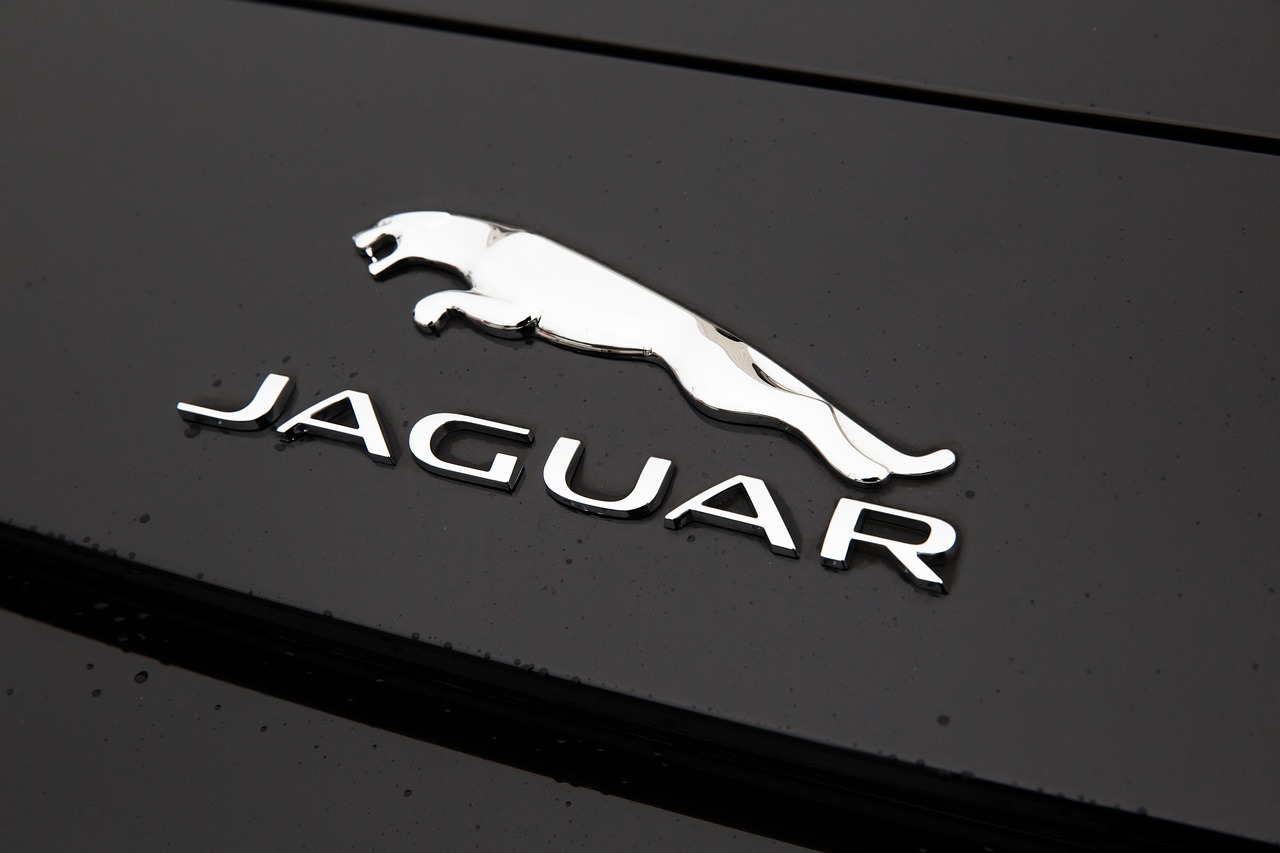Nutritional Needs of Rehabilitated Jaguars: Feeding the Future
Understanding the Jaguar’s Diet
Jaguars (Panthera onca) primarily inhabit rainforests and wetlands and are known as apex predators in their ecosystems. To maintain their health, rehabilitated jaguars require a diet that mirrors their natural feeding habits. As obligate carnivores, they thrive on protein-rich diets, primarily consisting of meat—particularly large mammals, birds, and aquatic creatures.
Key Nutritional Components
-
Protein: The foundation of a jaguar’s diet is high-quality protein. Given their size and activity levels, jaguars require approximately 20% to 30% of their diet to be protein. Suitable protein sources include:
- Beef: A common choice in captivity, beef provides essential amino acids and fats.
- Pork: Also a good source, though care must be taken to prepare it correctly to avoid diseases like trichinosis.
- Whole prey: Including various parts like organs and bones ensures a more comprehensive nutrient profile.
-
Fats: Fats are an important source of energy for rehabilitated jaguars. They need a balanced amount of omega-3 and omega-6 fatty acids, which can be sourced from:
- Fish oil: Rich in omega-3 fatty acids, it promotes healthy skin and a shiny coat.
- Rendered animal fat: Added to meat can enhance energy content.
- Vitamins and Minerals: A well-rounded diet must include essential vitamins and minerals to support overall health. Key vitamins include:
- Vitamin A: Found in liver, important for vision and immune health.
- Vitamin D: Required for calcium absorption, can be provided through sunlight or supplements.
Essential minerals include:
- Calcium: Necessary for strong bones; can be obtained through crushed bones in prey or supplements.
- Phosphorus: Works with calcium for bone health.
- Water: Hydration is critical for jaguars, especially in rehabilitation settings. Fresh, clean water should always be available. Providing options such as water bowls and water-rich prey can ensure hydration.
Balancing the Diet
To mimic the jaguar’s natural hunting patterns, a diet consisting of various meats is recommended. This diversity can help prevent nutritional deficiencies. Carnivores in the wild consume an entire prey item, which includes bones, fur, and organs, all of which contribute to a balanced diet. Therefore, veterinary advice is crucial in formulating a diet that encompasses all nutritional needs.
Specialized Feeding Strategies
-
Feeding Frequency: Adult jaguars can be fed every 2 to 3 days, while younger animals require more frequent meals due to their higher metabolic rates. Monitoring the body condition of rehabilitated jaguars will help adjust feeding schedules accordingly.
-
Enrichment Feeding: To prevent boredom and encourage natural behaviors, employ enrichment methods such as hiding food in their enclosures or using puzzle feeders. This promotes physical and mental stimulation.
- Transitioning to Wild Diet: For rehabilitated jaguars set for release, gradually introducing natural prey items is essential. Pre-release conditioning can involve scent trails or simulated hunts.
Feeding Adjustments Based on Health
Rehabilitated jaguars may face unique health challenges that necessitate dietary adjustments. Professional veterinarians should conduct regular health assessments, which can inform dietary modifications based on:
- Obesity: Reduce caloric intake and increase exercise to maintain a healthy weight.
- Dental Issues: Provide softer food choices to accommodate any dental problems.
- Digestive Disturbances: Incorporate easily digestible items like chicken or a prescribed diet formulated for gastrointestinal health.
Monitoring and Evaluation
Regular assessment of the dietary regime is important. Monitoring jaguar weight, coat condition, and overall health can indicate whether dietary needs are being met. Adjustments may be necessary based on seasonal changes, specific care requirements, or rehabilitation progress.
Collaboration with Experts
Collaboration among wildlife veterinarians, nutritionists, and behavioral scientists is crucial in devising the most appropriate dietary strategies for rehabilitated jaguars. Continuous education about the latest nutritional science and trends will enhance the quality of care provided to these charismatic big cats.
Conclusion of Feeding Regimen
In summary, meeting the nutritional needs of rehabilitated jaguars is essential for their successful reintegration into the wild. A multifaceted approach emphasizing high-quality meats, balanced fat content, and adequate vitamins and minerals is fundamental. Ongoing monitoring, adjustments based on health, and enriching feeding practices will ensure that these magnificent animals thrive as they transition into a life of freedom. With diligent care and attention to their nutritional needs, rehabilitated jaguars can effectively return to their roles as essential components of their ecosystems, paving the way for a brighter future for wildlife conservation efforts.
In the quest to rehabilitate these apex predators, a focus on their dietary requirements will not only contribute to individual health but also to the vitality of the species as a whole, ensuring that jaguars continue to roam the wilds for generations to come.







